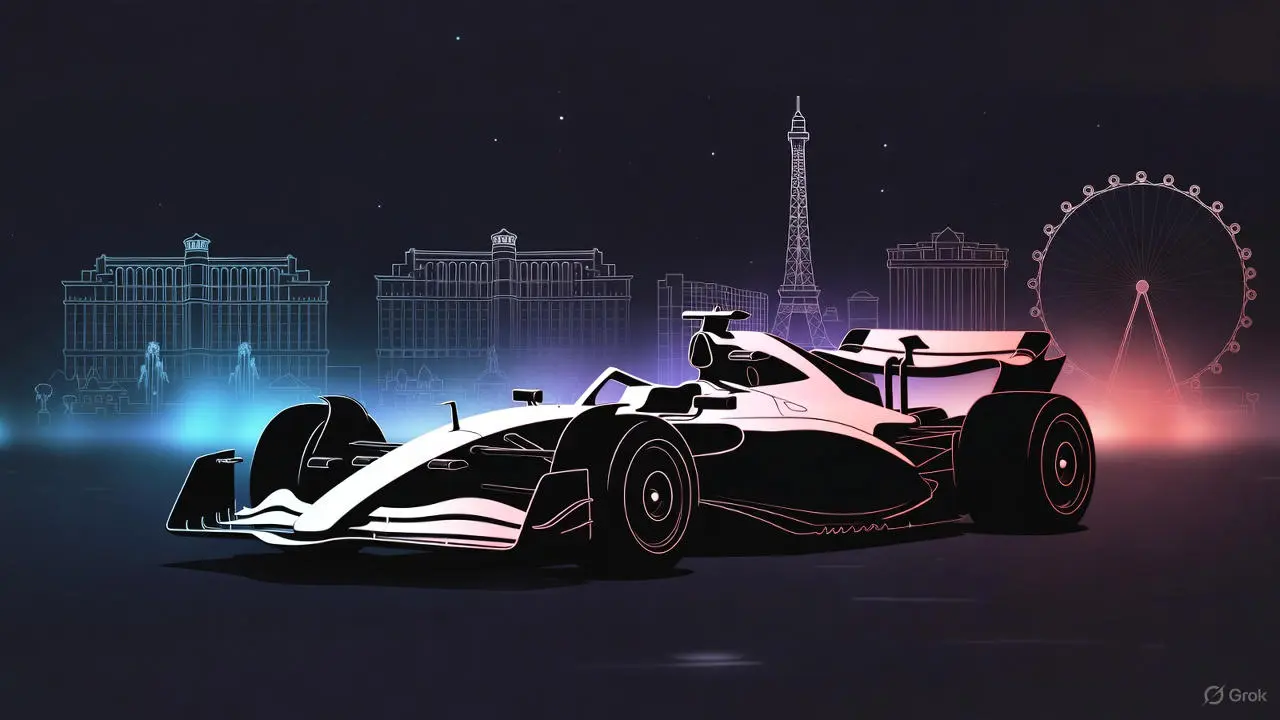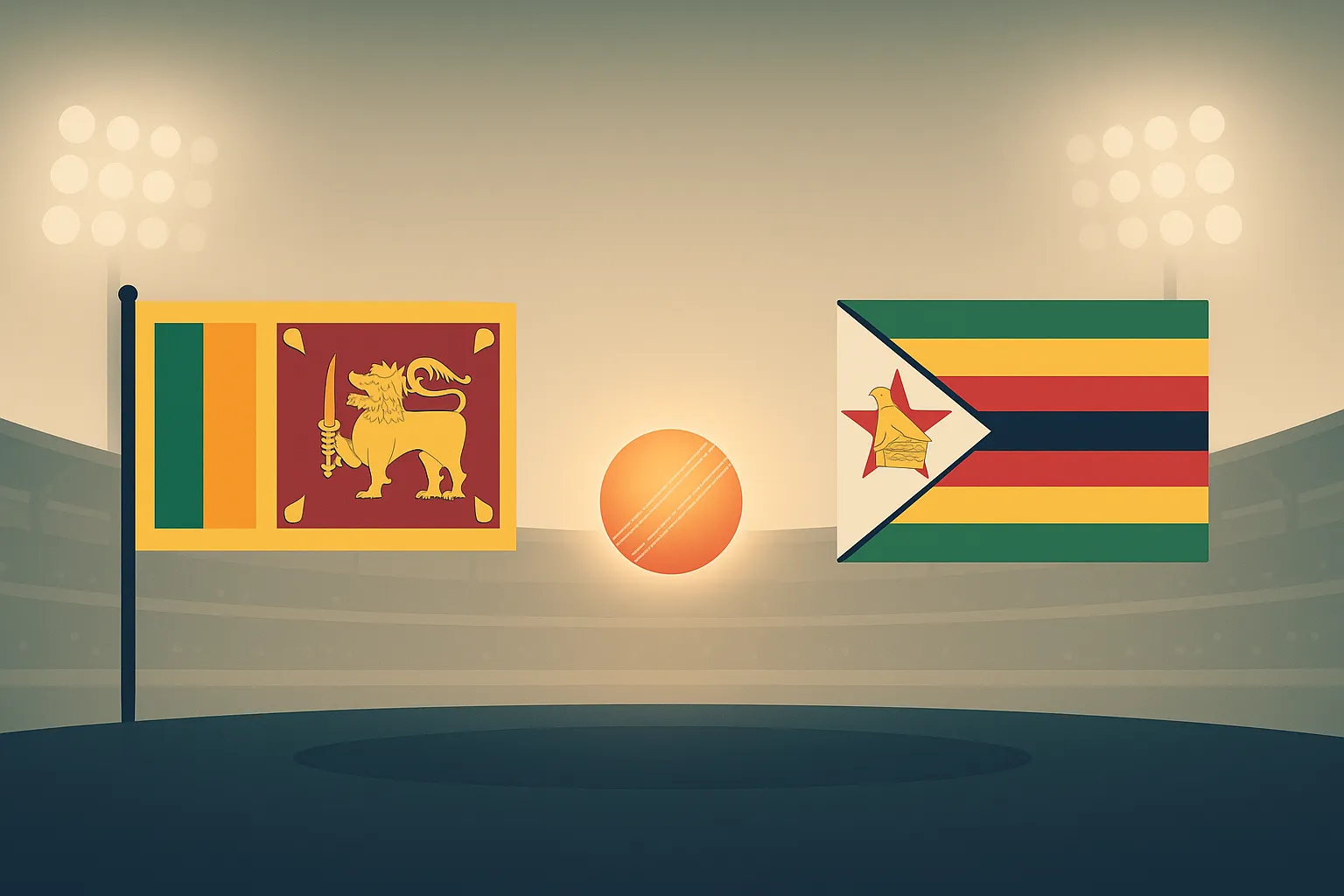The F1 race in Las Vegas has rapidly become one of the most talked-about events in the Formula 1 calendar. With its neon-lit backdrop, high-speed straights, and entertainment-driven atmosphere, the Las Vegas Grand Prix perfectly represents the sport’s growing presence in the United States. Whether you’re a die-hard fan, a casual viewer, or planning to attend the event in person, this guide covers everything you need to know about the racing experience, the unique track layout, the influence of the FIA, and how the F1 driver standings shape the championship as the season unfolds.
A Race Like No Other
The Las Vegas Grand Prix is unlike any other race in the world. It is one of the few Formula 1 events held at night, transforming the famous Las Vegas Strip into a glowing race circuit. Fans from around the world come not only for the race but also for the entertainment, music, nightlife, and attractions surrounding the event.
The city’s unique energy elevates the weekend beyond the typical race layout. Before the engines even fire up, fans can visit F1 fan zones, team displays, driver appearances, and late-night shows—a signature part of the Las Vegas experience.
The Las Vegas Street Circuit
The Las Vegas Street Circuit is designed to deliver high speeds, exciting overtakes, and unpredictable racing. Stretching over 6 km, the track features long straights where drivers can push their cars to some of the fastest speeds seen in Formula 1. The combination of slow corners, fast chicanes, and sweeping bends creates a dynamic rhythm that tests both precision and bravery.
Some of the track’s key features include:
1. The Las Vegas Strip Straight
The most iconic part of the race. Cars reach near-maximum speed as they race past legendary hotels and casinos, giving spectators a surreal view of Formula 1 machines at full throttle under glowing neon lights.
2. Technical Mid-Sector
After high-speed sections, drivers encounter tighter corners that challenge their braking skills and car control. Getting this section wrong can severely impact lap times and tire management.
3. Low Temperatures
Because the race is held at night, track temperatures drop significantly. This can lead to tire challenges, limited grip, and unpredictable performance changes—making strategy even more crucial.
How the FIA Shapes the Las Vegas GP
The FIA (Fédération Internationale de l’Automobile) plays a crucial role in ensuring the safety, fairness, and global regulation of the Las Vegas Grand Prix. Everything from track design to tire rules, safety car procedures, and technical regulations falls under FIA guidelines.
Here’s how the FIA influences the event:
-
Track Approval: The FIA inspects the circuit layout, surface, barriers, lighting systems, and safety infrastructure before approving.
-
Race Direction: During the race, FIA officials oversee incidents, penalties, and safety protocols.
-
Technical Scrutiny: All cars must meet strict FIA standards regarding aerodynamics, power units, weight, and fuel management.
-
Driver Safety: FIA-approved gear, cockpit design, and crash tests keep drivers safe even at extreme speeds.
The organization ensures that even a high-energy city like Las Vegas adheres to world-class racing safety and competition standards.
How F1 Driver Standings Add Drama to the Vegas Race
While the Las Vegas Grand Prix is visually stunning, its impact on the F1 driver standings often adds another layer of intensity. Being scheduled late in the season, the race can become a decisive moment for the championship battle.
Championship Implications
-
A win in Las Vegas can drastically shift momentum toward a driver chasing the title.
-
A crash or mechanical issue can cause a major drop in the standings, adding pressure before the final races.
-
Midfield drivers can use Vegas to climb the rankings by capitalizing on others’ mistakes.
Team Strategies
The combination of long straights and technical corners forces teams to make tough calls on car setup. Whether a team opts for low drag to increase speed or higher downforce for better grip can directly influence their driver’s finishing position—and therefore the standings.
What Makes the Las Vegas F1 Race a Fan Favorite?
1. The Atmosphere
No other race blends nightlife, entertainment, and motorsport quite like Las Vegas. Fans enjoy concerts, celebrity appearances, and themed events throughout the weekend.
2. The Visual Spectacle
The glowing skyline, track lighting, and vibrant energy make the race incredibly photogenic. Every overtake and turn feels cinematic.
3. Accessibility
Being a major tourist hub, Las Vegas offers abundant hotels, restaurants, and attractions. Even fans who don’t have race tickets can enjoy F1-themed events scattered around the city.
Tips for Fans Attending the Las Vegas Grand Prix
Book Early
Hotels and tickets sell out quickly. Booking months in advance ensures better pricing and seat availability.
Prepare for Walking
The race spans a large portion of the city. Comfortable shoes and planning your routes can save time and energy.
Expect Temperature Changes
Even in the desert, nighttime temperatures can drop sharply. A jacket or extra layer can make the experience more comfortable.
Use Public Transportation or Rideshare
Race weekend increases road restrictions and heavy traffic. Shuttles and rideshare services are often quicker.
What to Expect from Future Las Vegas Races
The Las Vegas Grand Prix is set to remain a staple of the Formula 1 calendar. With growing American interest and increasing fan engagement, organizers are expected to enhance fan experiences, refine track logistics, and expand event programming. As Formula 1 continues evolving under FIA leadership, the Las Vegas race promises bigger crowds, better infrastructure, and even more thrilling on-track action.
Whether you’re watching from home or attending in person, the Las Vegas F1 race delivers unforgettable moments—combining elite motorsport with the vibrant spirit of one of the world’s most exciting cities.




